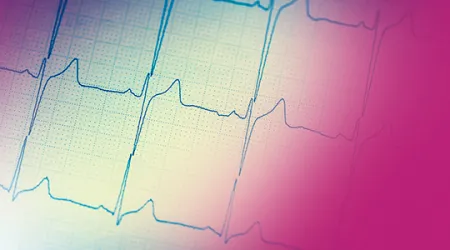What causes coronary artery disease?
Coronary Artery Disease (CAD) also called Coronary Heart Disease (CHD), is often caused by the build up of a waxy substance called plaque, inside the lining of the coronary arteries. The build up of plaque will partially or totally block blood flow in the coronary arteries of the heart, reducing the blood flow into the heart (Myocardial Ischemia). As a result, heart muscles do not receive enough oxygen, and its ability to pump blood is reduced. Uncontrolled CAD will result in severe obstruction of the blood supply, and damage the heart muscle tissues (Myocardial Infarction), leading to a 'heart attack'.
CAD is the most common type of heart disease. According to WHO research, CAD is also the leading cause of death across the globe, and was estimated to have caused 10 million deaths in 2016.1,2

Symptoms of coronary artery disease
CAD develops slowly over time, and many may not experience any symptoms. Some of the most common symptoms are:
- Chest Pain (or Angina).
- Shortness of breath.
- Heart Attack (if the coronary artery is completely blocked).

What are the risks?
Some of the lifestyle changes that can reduce the risk of CAD include:
- Quit smoking.
- Reduce consumption of alcohol.
- Frequent exercise.
- Maintain weight control.
- Eat a healthy diet.
- Avoid high blood pressure, high cholesterol and diabetes.

Diagnosis
Some of the most common forms of diagnoses include:
Electrocardiogram (ECG): ECG monitors electrical signals that travel through the heart to determine whether the patient is experiencing a heart attack.
Echocardiogram (Echo): Uses high frequency sound waves (ultrasound) to create pictures of your heart, and reveal whether heart is functioning properly.
Cardiac Catheterization: This is an invasive test where a catheter is inserted into the blood vessels of the heart to get a closer look at the coronary arteries.
Laboratory Testing: This involves a number of blood tests used to monitor the presence of certain proteins and lipids to check the health of your blood vessels.
